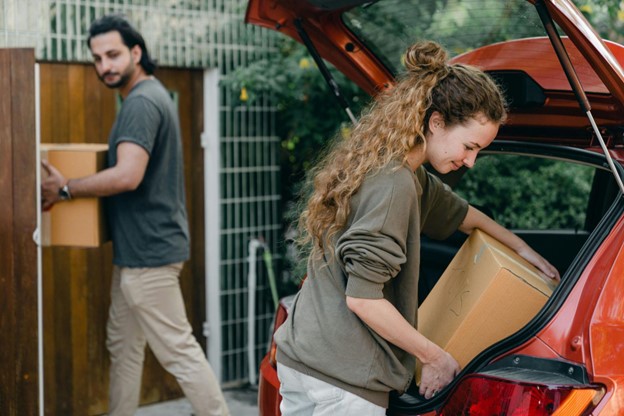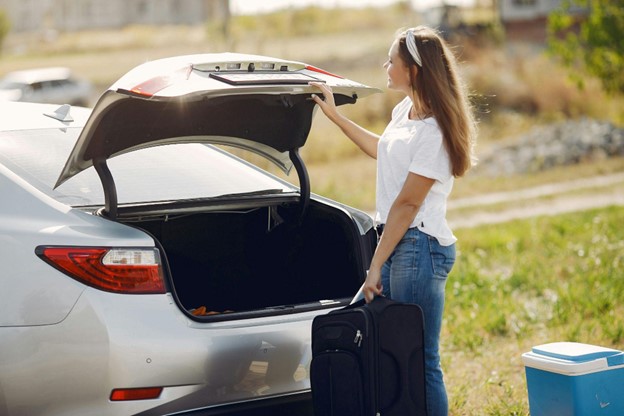The quickest way to make your car act up is to load it like a pack mule. A weekend’s worth of luggage, a stack of tile, and a cooler that could chill a small lake might not seem like a big deal. But limits exist and matter. If you go over them, the tires overwork, the brakes overheat, and the ride becomes uncomfortable. Your car is protected when weight limits are followed. Additionally, it protects passengers, which is the primary goal.
Table of Contents
ToggleWhen Your Car Needs Backup
Some needs outgrow a family sedan. The suspension sags, steering loses bite, and stopping distance stretches like taffy. That is the cue to bring in the right tool.
For heavy cargo and consistent control, Brechbill Trailers offers the top models that handle big loads with proper braking and balance. The result is calmer driving and a car that still feels like a workhorse.
The Numbers That Actually Matter
The Gross Vehicle Weight Rating (GVWR) is the maximum the vehicle can weigh with people and cargo. Curb weight is the empty vehicle. Payload is what you can add to reach GVWR. Towing capacity is what you can pull behind.
A neighbor once bragged about hauling gym equipment in a compact SUV until the rear end sat lower than a sleepy bulldog. Reading the owner’s manual and the door placard would have saved a Saturday and a set of brake pads.
Everyday Loads That Creep Past the Line
Overloading rarely looks dramatic. It enters covertly with a stroller, three bags, four adults, and enough food for a marching band. The final few boxes appear innocuous during a transfer. It happens after a big store run for soil, pavers, and a grill. If the trunk fights to close or the headlights tilt toward the stars, the limit is in the rearview.
Too much weight changes how a car behaves. Braking takes longer. Tires run hotter. Steering feels slow, which steals confidence at highway speeds. Heat builds up in bearings and brakes, then wear appears early.
Insurance investigators may frown if an accident ties back to an overloaded vehicle. Tickets can be issued for a car that looks unsafe on the road. Stress, the kind that makes a routine drive into a tense situation, is the silent price.
Practical Steps That Work
Always check the placard inside the driver’s door for GVWR and payload. Weigh people and cargo with a bathroom scale if needed, then round up. Place the heaviest items at the lowest level and center them, and secure them so they do not slide.
Mind the roof limits, as racks can add extra weight where it hurts handling—set tire pressures to the load number on the placard before long trips.
If you still feel close to the edge, use a public scale at a truck stop or rent the right trailer. A few minutes of prep beats a roadside meltdown.

Conclusion: Travel Light, Drive Happy
A safe loading ensures a smooth travel and an uneventful day. It stabilizes the steering wheel, preserves tires, and guards the brakes. Above all, it enables drivers to concentrate on the road rather than the rattle in the trunk. If you pack well now, you’ll have a more relaxed trip later.




 and Canada
and Canada 




